ACCLAIMED artist Jiawei Shen is widely known for his portrait of the Princess of Denmark, Mary (formerly of Hobart). He has also painted a woman worthy of the title of “Princess of Canberra” and, for the first time, it will be on public display at the Queanbeyan Art Society following a launch on May 4.
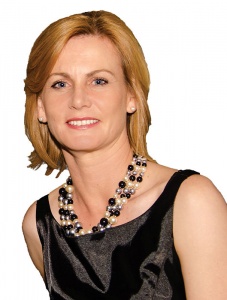
A young, flaxen-haired Charlotte Faunce stands poised in a golden dress trimmed with delicate black lace, reading from a leather-bound book. Her eyes are downcast, her expression contemplative.
Born almost two centuries ago, Charlotte may well be ruminating on a life that encapsulates the story of the wider Canberra region: almost from the moment of European arrival, through many of its significant developments, and the enduring connection of some of the most recognised family names in the area.
The work is a prized possession of a family descendant, 89-year-old Peter Ryrie.
“I commissioned it in 1991 and it’s taken from a photo,” says Peter.
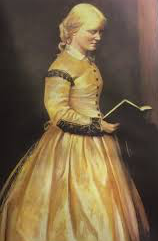
“Shen is a personal friend of mine, known for his large-scale historic pieces in major public collections and as a leading portrait artist, and I knew he was perfect to paint Aunt Charlotte.”
The first daughter of Capt Alured Tasker Faunce and his wife, Elizabeth (both the offspring of generals), Charlotte’s life was one of firsts.
A “Currency Lass” – the first generations born to the newly arrived – Charlotte’s place of birth was near Campbelltown, at the property of Charles Throsby, one of the explorers to happen upon the Limestone Plains in 1820.
In 1837, when she was just over a year old, Capt Faunce was appointed first police magistrate for the huge Land District of Queanbeyan, taking in the area that, in 1913, would become the modern-day capital.
The Queanbeyan township itself would only officially be declared the following year and until the arrival of Mrs Faunce – considered a “civilising influence” – apparently with only one other woman in residence among a population of 40 to 50 men.
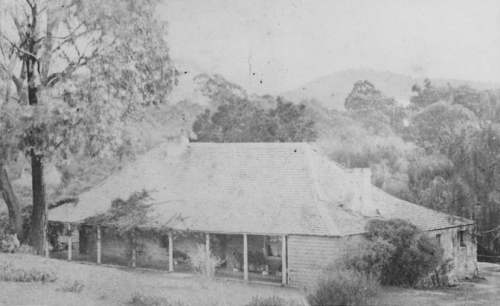
The family estate, “Dodsworth”, home to the town’s first hospital, makeshift courthouse and lock-up, was situated close to the eastern bank of the Queanbeyan River (today, essentially the location of the Queanbeyan Golf Course).
When Charlotte was 19, her much-respected 48-year-old father died while playing in a cricket match, a game he helped introduce to the area.
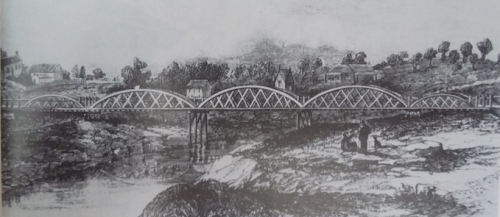
Two years later, in 1858, she was involved in the opening of one of the region’s most critical pieces of infrastructure – the graceful timber-span bridge across the Queanbeyan River, the first despite 30 years of locals somehow making do without. Charlotte would have the honour of christening it (with duly smashed bottle of wine) “The Queen’s Bridge”, and for which she received “three hearty cheers.”
With the arrival of the likes of the cultured Faunces, Queanbeyan (pop. then around 600) had become the hub of social activity for the district and the place where the primary families of the area would meet.
Charlotte and her sister, Ellen, would marry into the Ryries, graziers with holdings throughout the Monaro.
Charlotte’s betrothed, Alexander, was the first Australian-born son of Stewart Ryrie Snr’s second marriage to Isabella Cassels following the death of his first wife, Anne. Their home became the still existing “Arnprior” at Braidwood.
On Alex and Charlotte’s union in 1860 – the ceremony conducted by her younger brother, reverend AD Faunce – the couple moved to the newly acquired 35,000-acre property, Micalago Station. Named to differentiate it from the nearby though still remote township, Michelago, it remains within the family.
Twenty years on, Charlotte was the wife of a politician – Alex becoming Member for Braidwood in the NSW Legislative Assembly, later elected to the Legislative Council.
Just like her own mother, Charlotte would have nine children – seven sons and two daughters. One, named for his grandfather, Tasker, would pass away when only five months old. Another would become one of Australia’s most distinguished soldier-diplomats: Maj-Gen Sir Granville de Laune Ryrie KCMG, CB, VD.
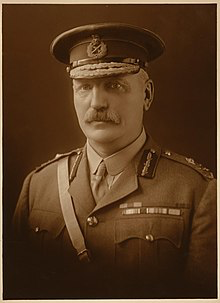
Having served in the Boer War, he followed in his father’s footsteps, elected Member for Queanbeyan in 1906. Signing up for World War I, the maj-gen was given command of the 2nd Light Horse Brigade and was wounded twice at Gallipoli. After the war he continued in his political career, later becoming high commissioner to London.
Keeping the home-fires burning, Charlotte would outlive Alex by four years. She died on February 25, 1913 at 77 – only a matter of weeks before the new nation’s capital officially came into being. She’d also witnessed the jubilee of the Queanbeyan Bridge (by 1908, rebuilt twice), recognised for the “distinguished part” she’d played 50 years earlier.
Charlotte was laid to rest beside her husband in the Michelago Cemetery. They would later be joined by their famous son, Granville, who was afforded a burial with full military honours.
The portrait of Charlotte, which reveals so much about the life and times of this region, will be unveiled at 2.30pm, Saturday, May 4, at the Queanbeyan Art Society, in the presence of its artist and a number of descendants of the families. It will be available for viewing over the next month.
Nichole Overall is an award-winning author and social historian shedding light on the region’s rich and often forgotten past.
Who can be trusted?
In a world of spin and confusion, there’s never been a more important time to support independent journalism in Canberra.
If you trust our work online and want to enforce the power of independent voices, I invite you to make a small contribution.
Every dollar of support is invested back into our journalism to help keep citynews.com.au strong and free.
Thank you,
Ian Meikle, editor
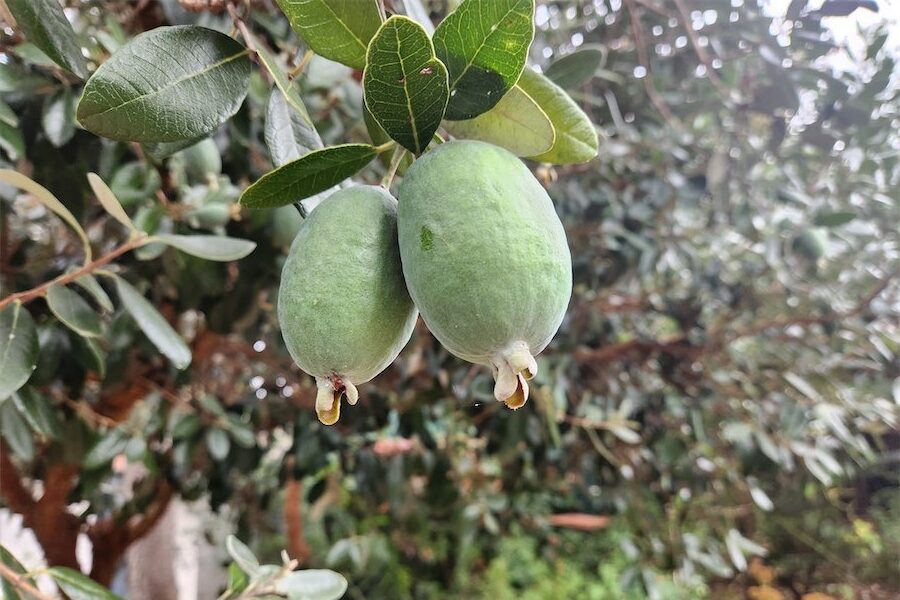
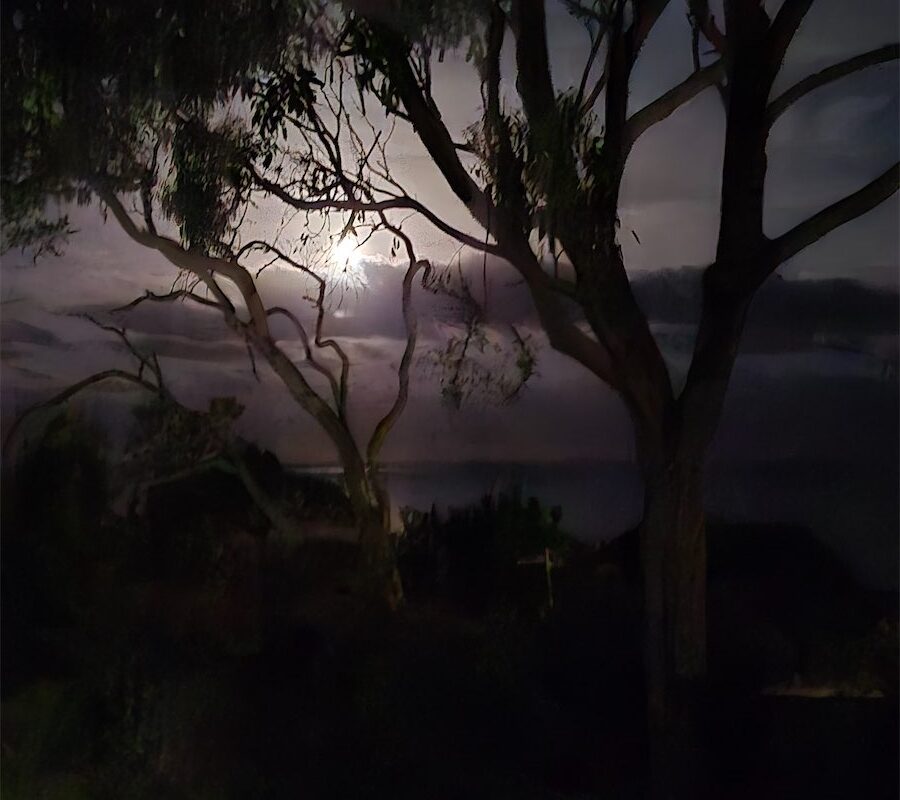
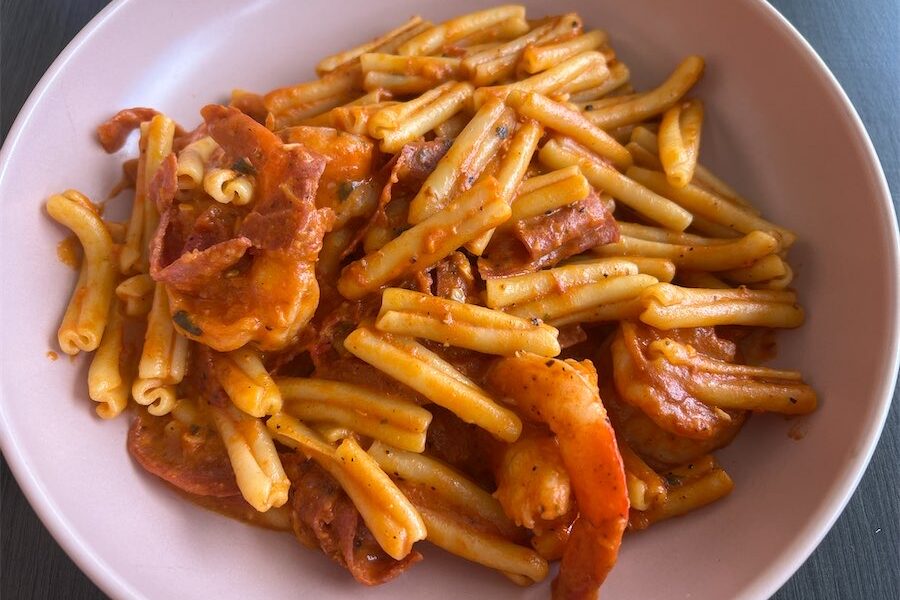





Leave a Reply